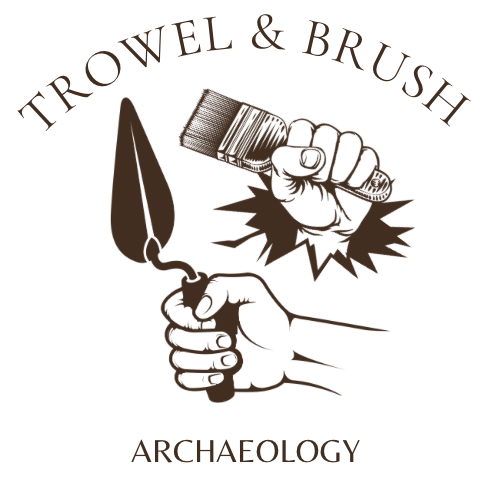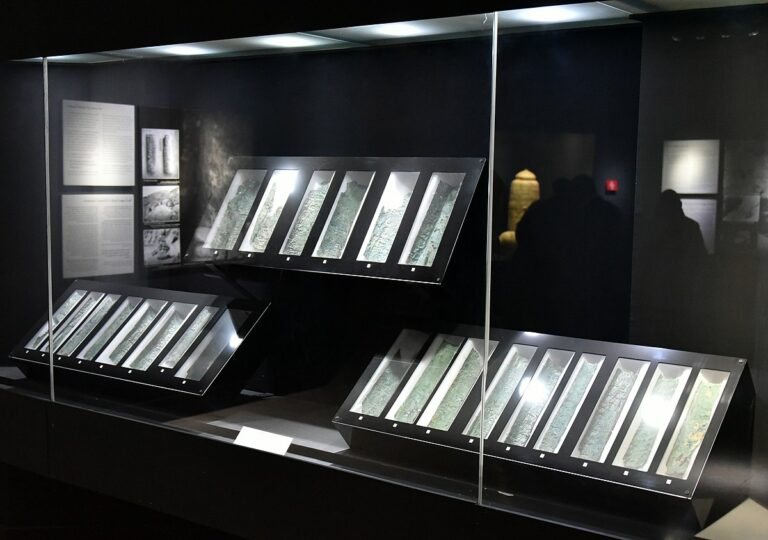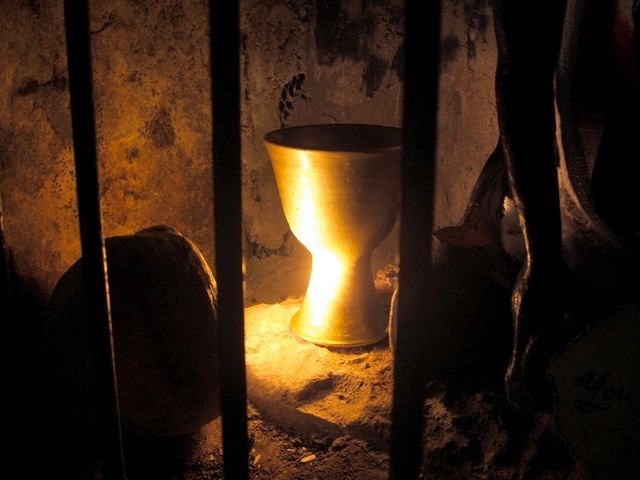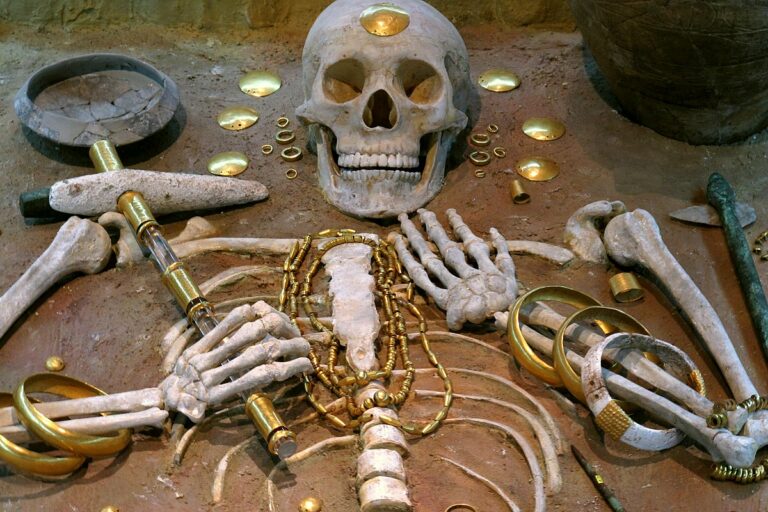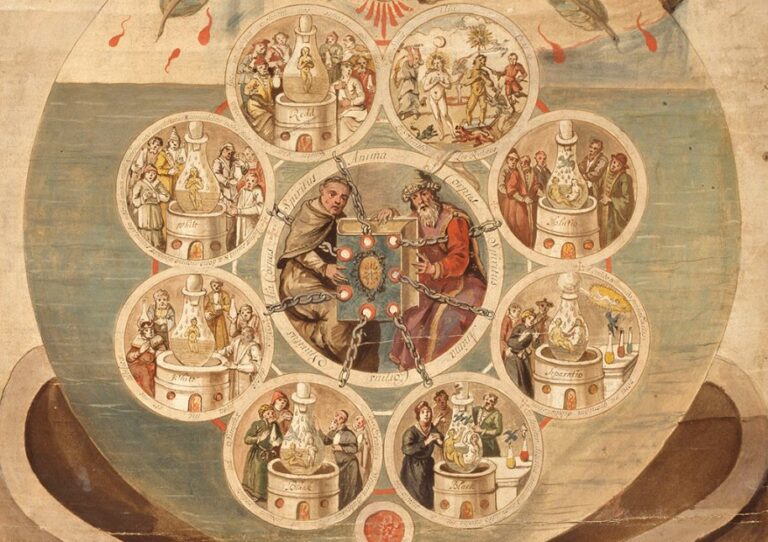What Can We Learn From Artifacts?
Archaeology, the art of peering into the past through remnants left behind by ancient civilizations, never ceases to captivate us.
From the humble pottery shard to the majestic ruins of lost cities, each artifact holds a unique story waiting to be told. But have you ever wondered what archaeologists can truly learn from these tangible fragments of history?
Prepare to embark on an enlightening journey as we delve into the world of artifacts, where hidden tales come alive, and where the past unfolds before our curious eyes.
Artifacts serve as portals to the past, allowing archaeologists to uncover the cultural, technological, and environmental aspects of ancient civilizations. Through these tangible remnants, we gain a deeper understanding of our ancestors’ lives and the rich tapestry of human history.
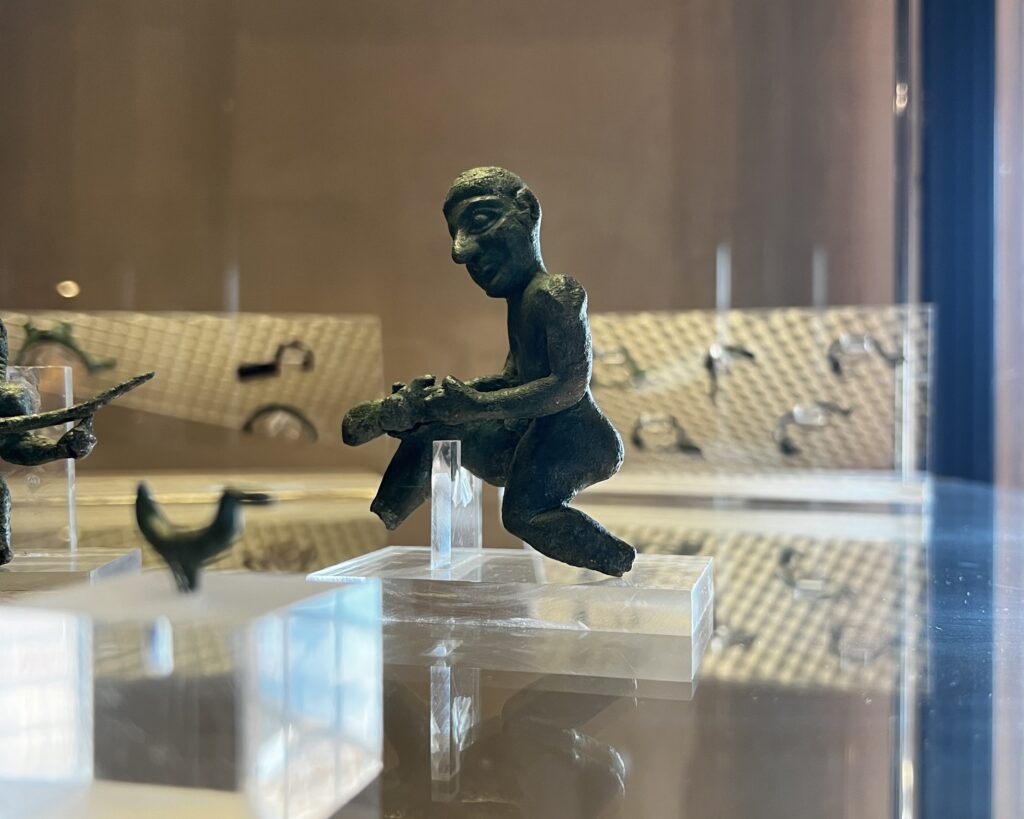
Unearthing Context and Culture:
Artifacts serve as time capsules, carrying a wealth of knowledge about the societies that created them. By meticulously studying these relics, archaeologists gain invaluable insights into the cultural practices, beliefs, and daily lives of our ancestors.
Pottery, for instance, is a treasure trove of information. Its shapes, decorations, and techniques can reveal a civilization’s artistic styles, trade networks, and even dietary habits.
From ancient Mesopotamian tablets to Egyptian hieroglyphics, deciphering written artifacts further illuminates the language, governance, and religious practices of bygone eras.

Beyond the Written Word:
Artifacts often provide a tangible link to history, supplementing or even challenging what we find in written records.
They offer a more nuanced perspective, allowing us to understand the lives of ordinary people rather than just the ruling elite. Take a simple clay lamp from Pompeii, for example. Its design and usage provide an intimate glimpse into the daily routines and social dynamics of the ancient Romans.
Similarly, the personal belongings found in graves can offer poignant insights into burial practices, social hierarchies, and individual identities.

Puzzling Together Technology:
Archaeological artifacts are like ancient technological artifacts.
They offer us a glimpse into the knowledge and craftsmanship of past civilizations. Tools, weapons, and instruments reveal the technological advancements achieved by our ancestors.
Exquisite metalwork, such as the intricate Viking jewelry, showcases the mastery of ancient metalworkers. Complex devices like the Antikythera Mechanism—an ancient Greek analog computer—testify to the sophisticated scientific understanding of celestial mechanics.

Environmental Clues:
Artifacts can also help us understand the natural world and environmental changes throughout history.
Pollen preserved in ancient pottery can shed light on past ecosystems, crop cultivation, and human impact on landscapes. Animal bones and fossils hint at ancient fauna, climate patterns, and human dietary choices.
By analyzing ancient seeds, we can gain insight into agricultural practices, food storage, and even ancient culinary traditions. In this way, artifacts provide a window into a world long gone, allowing us to learn from our ancestors’ interactions with the environment.

Conclusion
Artifacts offer us a tangible connection to the past, allowing archaeologists to reconstruct the narratives of civilizations that have faded into antiquity.
Through these remnants, we can piece together the puzzle of our collective history, providing context, culture, technology, and environmental knowledge that might otherwise be lost.
So, next time you hold a fragment of the past in your hands, take a moment to appreciate the wealth of information it carries and the stories it yearns to tell. For in the artifacts lie the echoes of our ancestors, waiting patiently for us to listen and learn from their remarkable tales.
If you would like to learn more about how archaeologists date artifacts, check out our other post on the topic here: https://trowelandbrush.com/dating-techniques-in-archaeology/

